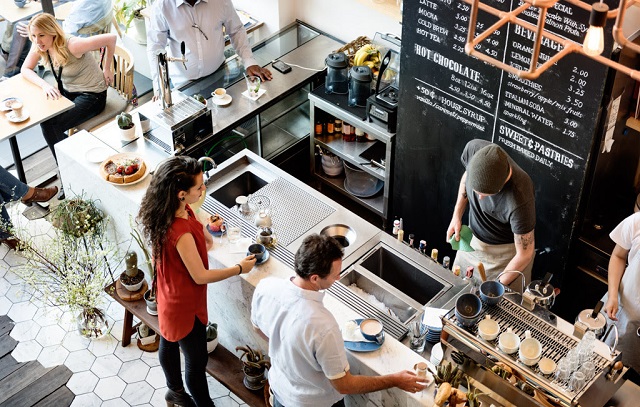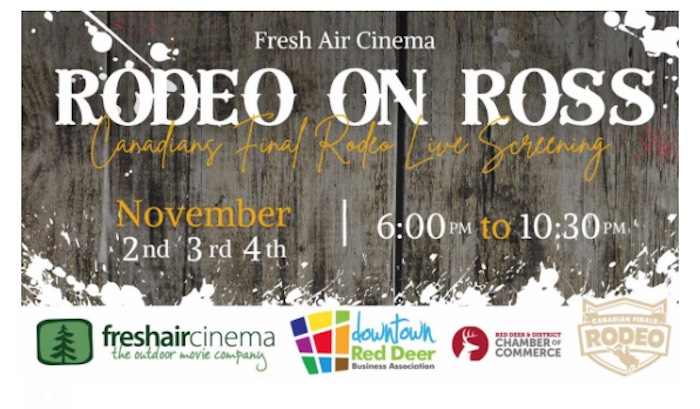GAARbage in… GAARbage out? – Even if you do everything by the letter of the tax law, can you pass the “smell test”? – A June 2018 Federal Court of Appeal ruling might make it difficult?
By Cory G. Litzenberger, CPA, CMA, CFP, C.Mgr – President & Founder of CGL Strategic Business & Tax Advisors.
…
No, those aren’t typos. For the non-tax nerds (ie: normal people) reading this, GAAR is the General Anti-Avoidance Rule under Section 245 of the Income Tax Act. More commonly referred to as “the smell test.” In other words, even if you do everything by the letter of the law, if it looks and smells funny, the government might not agree with you and you might be reassessed.
To the tax nerds, I will be simplifying this article but with a few legislative references to keep you happy.
This smell test brings us to the Pomerleau v Canada (2018 CAF 129) ruling issued in French on June 29, 2018 by the Federal Court of Appeal.
To put this in context, the transactions occurred in 2004 and 2005. We are now looking at items that are 13-14 years old, that were also common practice among many tax practitioners back then.
Let’s take a high-level approach to see how we got here:
The taxpayer, Pomerleau, and his family sought tax advice on how to transfer the $3 million family owned business from the parents to their children. There are many provisions that allow us to do this on a tax-deferred (not tax-free) basis.
The advisors had developed a plan to pass on the family business on this tax-deferred basis, but also thought they had discovered a way to reduce the amount of that deferred tax as well.
Layman Technical Background
In tax planning with company shares we have two types of adjusted cost bases (ACB) referred to as “hard ACB” and “soft ACB”. Hard ACB is when tax was fully paid on the transfer or was acquired from someone not related to you. Soft ACB is when you have bought the shares from a related person and that person had used part of their Lifetime Capital Gains Deduction on the sale.
Hard ACB can be planned with to eventually convert into a shareholder loan without triggering a dividend under 84.1, whereas soft ACB cannot.
What happened?
In 1995, the family started to reflect on the continuity of the business. Several decisions were taken. One of those decisions was that the business would be divided among the original shareholder’s four children. As a result, the business was divided as follows: the two daughters obtained part of the business, which consisted of real estate, and the two sons obtained the other part, which consisted of the construction business.
As part of this transfer of the family business, which had been in the works for over 10 years, a series of transactions was undertaken in 2004 and 2005.
One of the transactions was the redemption by Pomerleau’s holding company (HoldCo) of its shares. The ACB and the paid-up capital (PUC) of these shares totaled $2 million.
If the ACB was considered hard ACB, then Pomerleau could sell the shares to a new corporation for a $2M Promissory Note, have the old corporation redeem the shares, pay the $2M to the new corporation (inter-corporate dividends from connected corporations don’t create tax) then use the $2M to pay out the promissory note.
This is similar to what is done as a pipeline transaction for deceased persons after capital gains have been triggered on death.
If the ACB is soft ACB, then the transactions above would actually cause a taxable dividend under 84.1 of the Income Tax Act.
How did we get to $2M of PUC and ACB?
In 1989 (likely under fears that the capital gains deduction may be eliminated in the next federal election) Pomerleau, his mother, and his sister, all increased their ACB in their Operating Company (OpCo) shares utilizing a provision of the Act under Section 85, that (with a lot of complexity) allows you to sell shares to a corporation in exchange for more shares. If done properly, you can do this with your own corporation and trigger capital gains on purpose in order to use your lifetime capital gains deduction under 110.6 (as was the case here).
Some of these shares were eventually transferred to Pomerleau from his mother and sister in taxable events. As a result, the shares had both soft and hard ACB at this point.
Fast forward 15 years.
Those previously mentioned shares of OpCo were eventually transferred to HoldCo.
In 2004, as the sole shareholder of HoldCo, Pomerleau wanted to split his $3M company among his children. He had $1M in soft ACB with only $15,000 of PUC (the tax-free amount you can get back) tied up in Class G Preferred Shares (Class G) and had at least $2M in value of Class A common shares with $1M in hard ACB.
The Transactions and Application of Law
On January 3, 2005, HoldCo repurchased the $1M of Class G shares that the taxpayer owned, this triggered a deemed dividend under 84(3) and was taxable to Pomerleau.
When a deemed dividend occurs, the shares are considered to be sold for zero proceeds. Since there was ACB of $1M on those shares, this would be a capital loss.
40(3.6)(a) deems the loss to be zero since Pomerleau was affiliated with HoldCo because he still owned the Class A shares.
Since it would not be fair to pay tax on a dividend for something with ACB (meaning someone likely paid tax on it before), then the Act transfers this capital loss that has been denied to ACB of existing shares owned. In this case, the ACB then moved over to the Class A shares under 40(3.6)(b) and 53(1)(f.2).
This increased the ACB from $1M to $2M.
So far so good right?
All that was left was to create a pipeline transaction, so Pomerleau transferred his Class A shares to a newly created corporation using Section 85 for new shares with $2M in ACB, PUC, and Fair Market Value.
These shares were then repurchased and eventually paid out $2M to Pomerleau with no additional tax.
So, how was the ACB cooked? Soft or Hard?
According to the transactions, the ACB would be considered hard.
Enter the Canada Revenue Agency (CRA) and the smell test (GAAR).
In order for something to be considered abusive under the GAAR in section 245, there must be:
1) A tax benefit
2) An avoidance transaction, and
3) A misuse or abuse of the Income Tax Act
Pomerleau’s position (in sort-of-simple terms) = hard ACB and no misuse of the Act
1) The stop-loss rules of 40(3.6) converted the cost basis from soft ACB to hard ACB.
2) Section 85 allows for transfers to another corporation, and hard ACB can be used to create Paid Up Capital
3) 84.1 only creates a dividend for shares that have been redeemed for more than their Paid Up Capital.
4) Although there was a tax benefit, the motivation for the transactions was to assist in the transfer of the family business.
5) No misuse of the Act occurred, rather, to the contrary, the Act operated as written.
The Government’s position (in sort-of-simple terms) = GAAR (it stinks)
1) Even though you followed the law, we don’t like it and so we think it shouldn’t be treated like this, so we’re going to apply GAAR under Section 245 because we think it smells funny.
The Lower Court Ruling
At the Tax Court of Canada, Justice Favreau concluded that the GAAR was applicable in this case since section 84.1 of the Act prevents taxpayers from undertaking surplus stripping transactions on a tax-free basis. In the TCC Justice’s opinion this is what Pomerleau had done in this case, because the series of transactions resulted in the avoidance of the purpose of section 84.1.
More specifically, Justice Favreau opined that the effect of paragraph 40(3.6) of the Act permitted the taxpayer to increase the PUC of the shares in a subsequent rollover and therefore to avoid the application of section 84.1 of the Act.
As a result, this planning had the effect of circumventing in an abusive manner the purpose of section 84.1 of the Act (i.e., to prevent surplus stripping on a tax-free basis).
As a result, the Tax Court of Canada maintained the Minister’s initial assessment, as it determined that the GAAR applied to the series of transactions so that a taxable dividend of $994,628 had to be attributed to the taxpayer.
The Federal Court of Appeal Decision
In paragraph 78 of their unanimous ruling, the Federal Court of Appeal asked what is the purpose and spirit of section 84.1?
Upon analysis, the court decided that the purpose and intent of this provision, is to prevent amounts that have not been taxed to a related person from being distributed tax-free.
Even though the letter of the law was followed by Pomerleau, the court ruled against him in deciding that the intent and spirit of 84.1 was avoided, and so the GAAR under Section 245 applied.
Since it was a unanimous ruling, the taxpayer is not able to appeal to the Supreme Court of Canada as a matter of “right” … so we will wait to see if Pomerleau attempts to apply for a “Leave to Appeal” and if he is granted.
Translation: the smell test said the transactions stink like GAARbage.
Related




 Fraser Institute1 day ago
Fraser Institute1 day ago
 MAiD1 day ago
MAiD1 day ago
 Frontier Centre for Public Policy1 day ago
Frontier Centre for Public Policy1 day ago
 Business1 day ago
Business1 day ago
 Addictions1 day ago
Addictions1 day ago
 International1 day ago
International1 day ago
 Daily Caller1 day ago
Daily Caller1 day ago
 Business2 days ago
Business2 days ago















